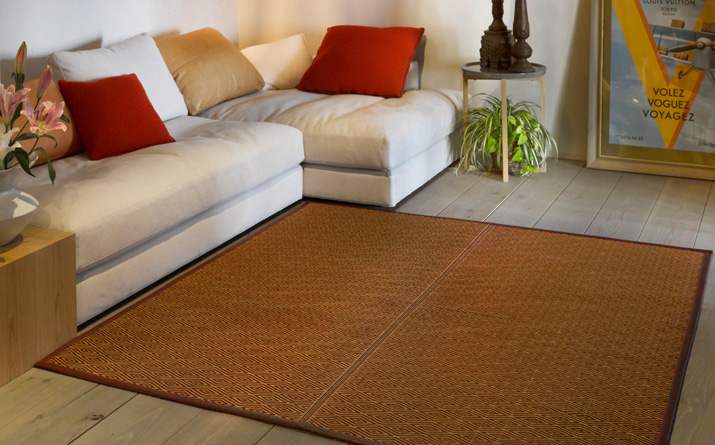
-
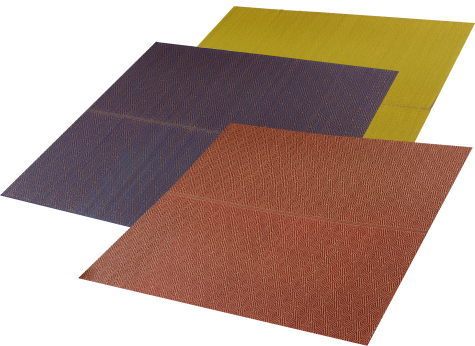
Rug
-
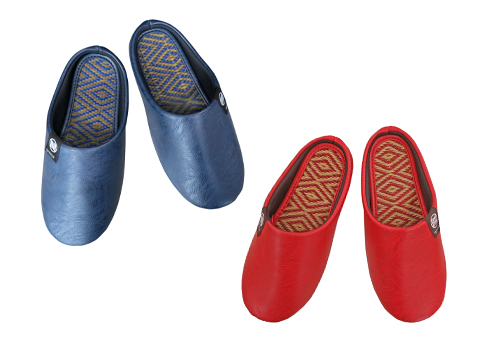
Room Shoes
-

Insole


Rush is the traditional material for Japanese life. Rush is one of the most superior plant and provides various good effects to our life; humidity adjustment, antibacterial, relaxation and so on. However, the demand of rush is diminishing dramatically in recent years due to expansion of synthetic fibers demand and decrease of Japanese-style rooms. Thereafter, these advantages of rush are tending to forget from our life-style. Our company is only the one in Japan, which has the ability to carry out rush selling through the processes from its cultivation to production. “Igusa” means rush in Japanese. We named our company “igusaism” and would like to transmit the traditional rush culture of Japan to the people in the world through these activities.
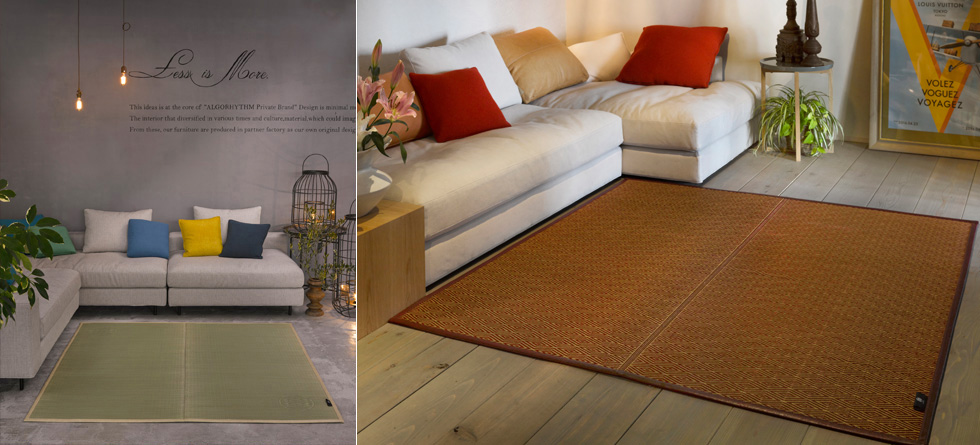

A grass plant called rush were introduced from India to Japan via the Silk Road. Rush was used as a tatami material for the nobles around 1,300 years ago and became common for the people after the Edo period. The central portion of rush is made of spongy-like structure called “nakago”, which plays an important role in humidity adjustment by absorbing extra moisture or humidifying. Therefore rush has been used as one of the most suitable building materials for Japanese houses in a high-humidity environment. Rush absorbs one third of night-sweats when it’s used as bedding, and this promotes a comfortable sleep without sticky feeling. Moreover, rush absorbs toxic substances including nitrogen dioxide and/or formaldehyde generating from tobacco or heaters. Therefore rush is also used as a glue of flooring materials and wall papers in recent years.

Rush has a high antibacterial effect against salmonella or escherichia coli O-157 which are the causes of food poisoning, and this is about 5.5 times higher than cotton cloth. Moreover, rush has the aroma component called “phytoncide” resembling forest trees. Therefore, rush provides the relaxation effect just like a forest bathing in a house to our life.
“Igusaism” produces not only bedding but also many other interior products made of rush. Upon doing so, we emphasize on design and safety in accordance with a modern life style. We make maximum efforts to achieve this by using natural materials for our rush products from core materials to sewing threads. Especially, we are putting on a lot of works to produce the series of rush products named “no-dyed soil” made of non-additive and non-coloring rush. These products last for about 7-8 years due to a high antibacterial action of rush.



Rug

Room Shoes

Insole

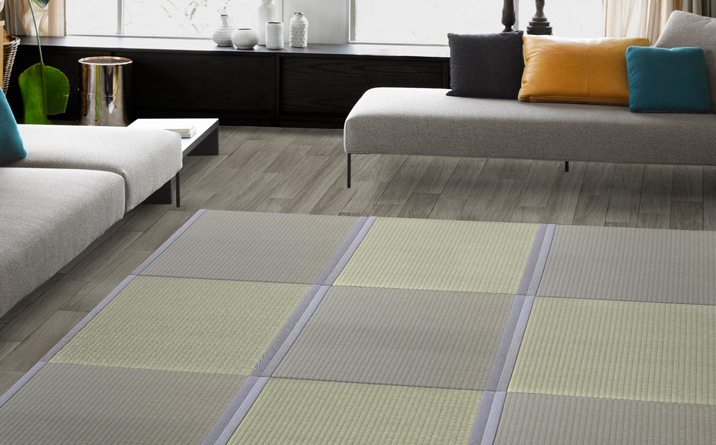
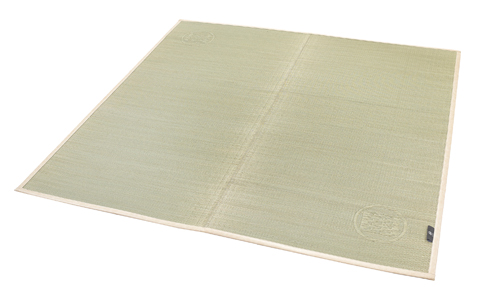
Rug
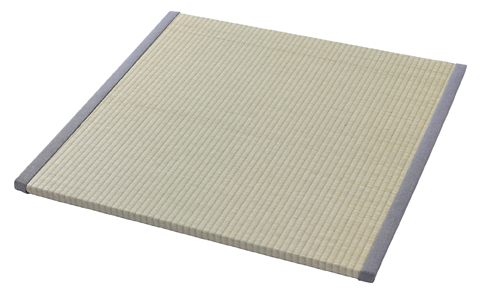
Floor tatami

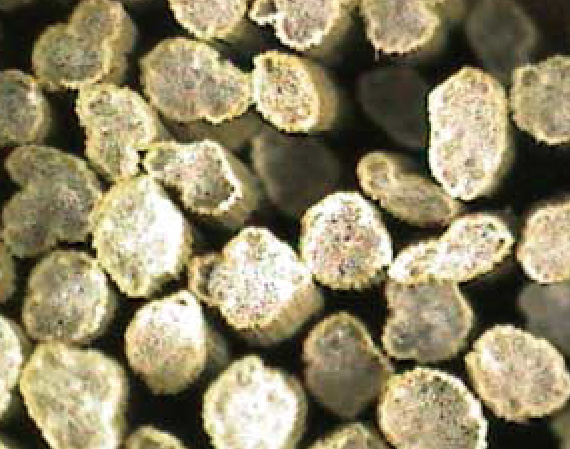
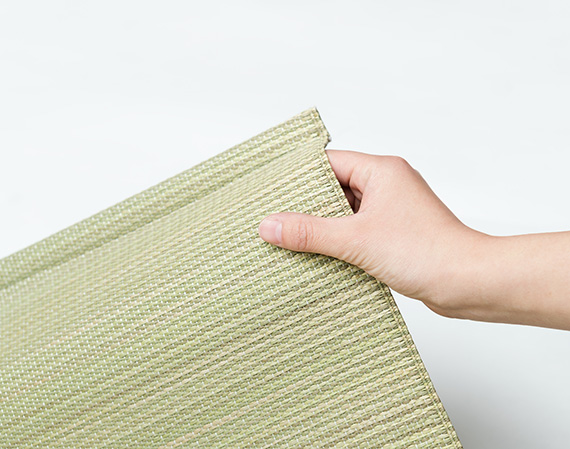
“We consider rush is a breathing plant.”
The reason for this is that rush has a humidity control function due to its spongy structure. Because of that, rush makes a contribution to keep the room temperature constant throughout a year.
“All selected natural materials:”
We use cottons as the sewing thread and a natural rush as the core material. And, the outside of the core is covered by natural cottons, which provides an adequate elasticity of rush products. Especially, the products made of dyed rush which meets a domestic high-standard provide a high quality and safety to our life. “Igusaism” aims to produce the products made from only organic materials and develop globally in future.
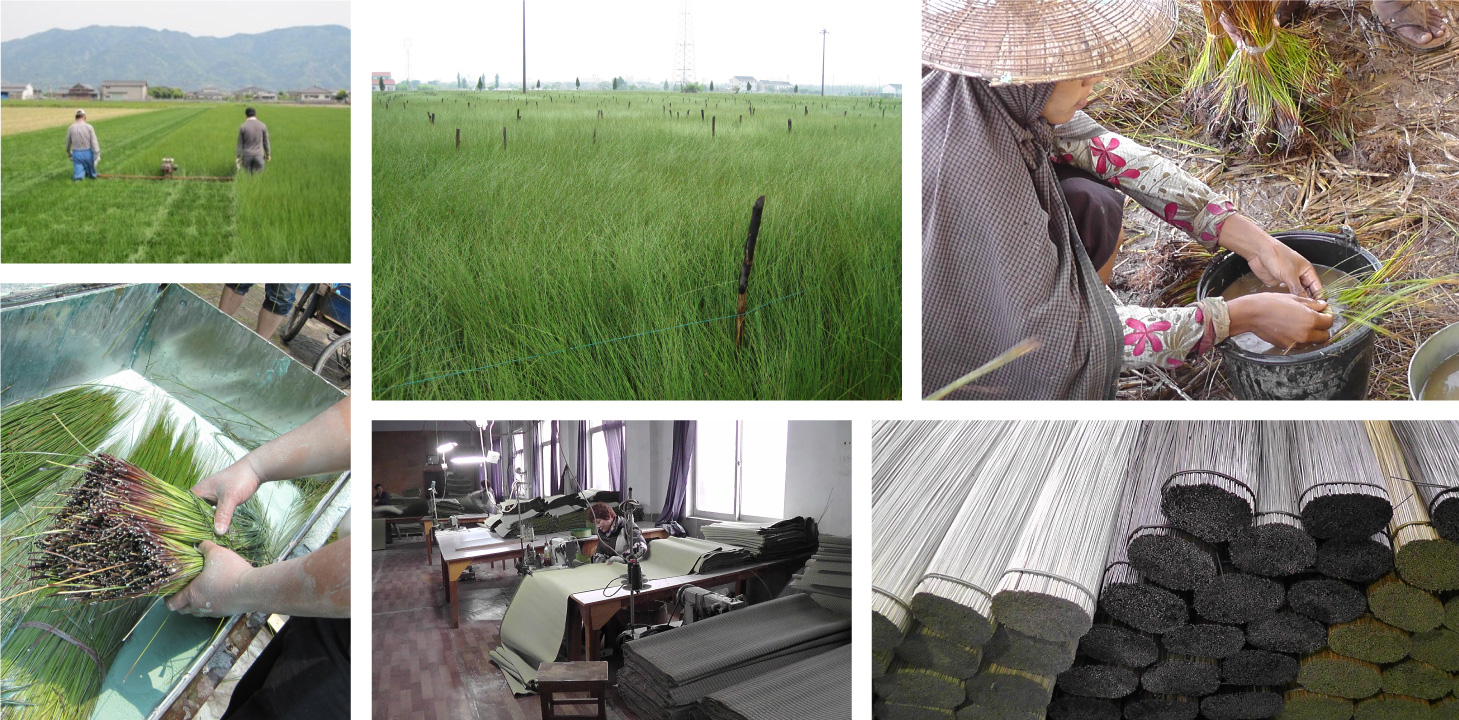
| Company name: | Oshimaya Co., Ltd. |
|---|---|
| Address: | (The main office) 852 Nishiachimachi, Kurashiki-shi, Okayama 710-0807 JAPAN (The Kanto-area office) 2-5-7 Chuo, Kaskabe-Shi, Saitama 344-0067 JAPAN (The Kyushu-factory office) 1518-2, Hacchomuta, Okimachi, Mizuma-gun, Fukuoka 830-0416 JAPAN |
| TEL: | (+81) 86-465-2937 |
| Date of establishment: | January 7 1969 |
| Number of employees: | 31 |
| Number of employees: | Mr. Tsuguo Oshima |
| Main customers: | 1. Wholesalers 2. Retailers 3. DIY stores 4. Online shopping |
| Types of bank transaction: | Chugoku Bank, Mizuho Bank and Mizushima Shinkin Bank |
| Information concerning services: | Manufacture and wholesale of rush products, e.g. carpet |
Please fill in the following items and directly contact us using the contact above.
(* are required items.)